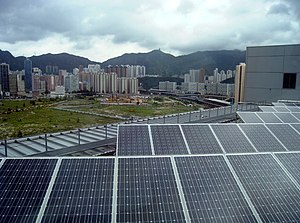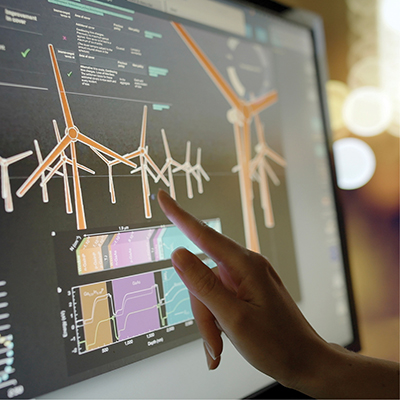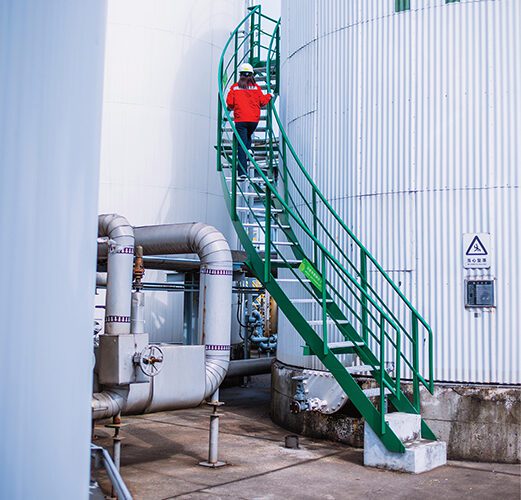And in spite of recent tariffs taking a toll on the industry, market experts expect solar expansion to resume its fast growth pace within a year. Aside from being environmentally sound, and cost effective, the solar industry is getting a major boost from its adoption of IoT technologies.
The Internet of Things is allowing solar companies to better understand their solar energy management deployments, as in having granular oversight on solar arrays and to better manage costs. By installing a simple, end-to-end IoT solar solution, companies can manage the largest smart solar grids in the world, even with thousands of individual devices connected to a network, regardless of carrier, cellular protocol, or device location. Looking forward, we can see three avenues where IoT will advance the solar industry:
- Remote Diagnostic and Maintenance as Cost-Saving Functionality
- Pre-provisioning the SIM
- Smart Solar + Cellular: Better Working Partners

Cost Savings Pathways
Nearly eighty percent of manufacturers surveyed said predictive maintenance was their No. 1 reason for adopting IoT, and enterprises in all industries said maintenance via IoT offered the best opportunities for growth. Predictive and performance monitoring of devices allows companies to quickly identify any issues and then send an engineer to fix the problem panel(s) before it escalates into a serious money drain.
SIM Power
If a carrier-agnostic SIM card is pre-provisioned and used, (ready-to-use no matter where in the world they are deployed), businesses can simplify the entire implementation process while saving significant time and money on provisioning, deployment, and manpower needs. Additionally, this makes scaling, whether regionally or globally, a much easier process.
Sun and Cellular
As the use of smart grid IoT continues to expand, companies will move away from Wi-Fi to the more efficient cellular connections, especially with some of the newer, lower cost connectivity options, such as NB-IoT, LTE-M, or even hybrid connectivity solutions.
For more information on these and some of the other issues facing the solar sector, download our paper, On-Grid Solar Deployments: Three Issues to Consider or contact Aeris to learn more.


